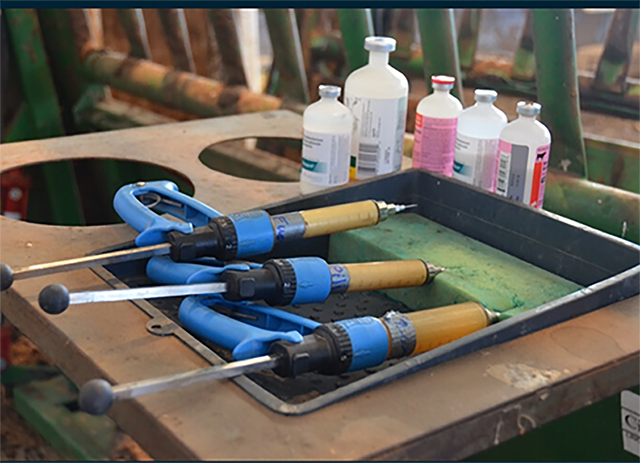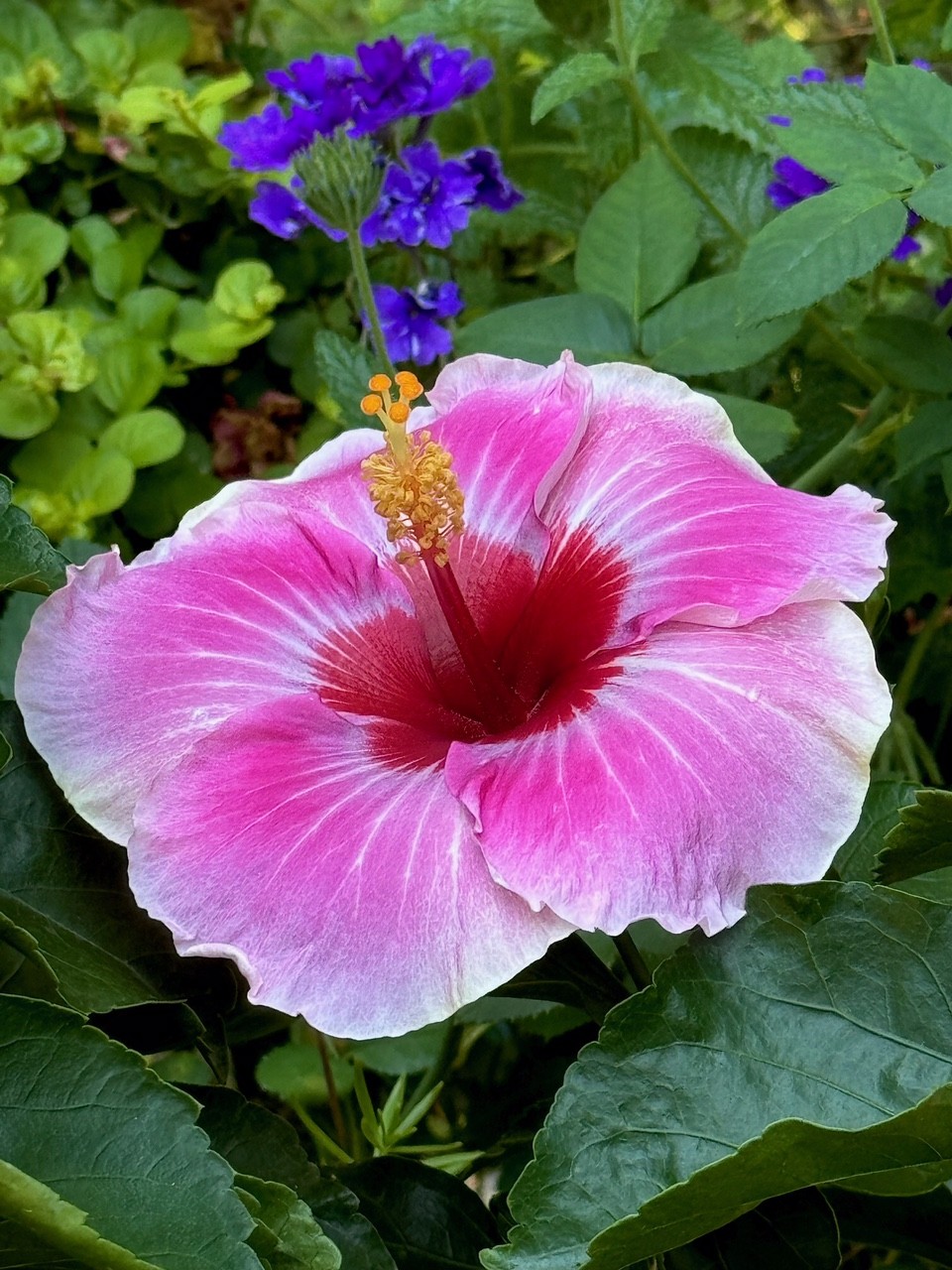Outdoor
The New Guidelines for Antibioticand Implant Use in Livestock

By Martha Crump
In January 2017, a new regulation from the United States food and Drug Administration (FDA) went into effect that required a prescription from a veterinarian called a veterinary feed directive, or VFD, to be in place in order for all medically important antibiotics that were being administered in feed and water. This Guidance for Industry (GFI) regulation was known as GFI#213, and brought 96 percent of all medically important antibiotic drugs used in water and feed for animals under veterinary oversight and limited their use for treatment, control, and prevention of specific diseases. As you might imagine this definitely impacted feedlots, but there also were some cow/calf producers that felt the impact as well.
Often, antibiotic-containing feed was used during known periods of stress, such as extended bad weather, relocation, or to prevent against foot rot or outbreaks of pink eye, even though those were “off-label uses.” Even when creep feeding calves, it is estimated that about 30 percent of the feeds used were available with some type of antibiotic in them. The economics of this type of antibiotic administration were preferred as on the average, feeding with a low level of antibiotic in feed for a few days might have an average cost of $1 per head compared to an injectable form at an average cost of $25 per head.
The FDA, among other groups, has long been watchful, and concerned, about antibiotics that are commonly used in both humans and animals. The shared concern is that possible overuse, including in animal feeds [or water], might lead to bacteria such as Escherichia coli (E. coli) becoming resistant to antibiotics. E. coli is a bacteria that is commonly found in the lower intestine of warm-blooded organisms, including humans. Most strains are harmless, but some have the ability to cause serious food poisoning.
To read more, pick up a copy of the July issue of NTFR Magazine. To subscribe call 940-872-5922.
HOME
Parting Shot

By: Jelly Cocanougher
Delicate microbes buried just beneath the surface. We walk by them, unbeknownst to us. Spores, spawn, and sclerotia, each with distinct characteristics. It is said that these fungi are all connected, speaking to one another as they populate the earth. The interconnectedness of all living things and the decaying world, such beauty lies within these otherworldly alien organisms.

HOME
Varietal Honey

By: Landon Moore
Landon Moore is the Wise County 4-H President and a member of the Wise County 4-H County Council. He is involved in beekeeping, as well as raising rabbits and poultry.
This essay was one that he wrote, and it was named the champion for both the Texas and National chapters of the Foundation For The Preservation of Honey Bees.
Varietal honey is honey that comes from a single source.
This honey has a flavor derived from the source flower and can even have a similar scent. In general, lighter colored honeys have a more subtle taste and dark honeys are more intense. Varietal honey has been compared to wine, in that honeys produced in different years can be distinguished, even if they come from the same flower and location.
This phenomenon is called terroir and is responsible for the individual taste of each honey harvest.
To read more, pick up a copy of the October edition of North Texas Farm & Ranch magazine, available digitally and in print. To subscribe by mail, call 940-872-5922.

HOME
The Garden Guy: America’s Sweetheart

By: Norman Winter | Horticulturist, Author, Speaker
Early in the summer, I was sent a press release that caused one of those holy wow moments. The headline said it all, “Proven Winners ColorChoice Expands Catalog with the Addition of Hollywood Hibiscus.”
I had already become familiar with the Hollywood Hibiscus series and was thrilled that the Proven Winners was adding this to their lineup.
This flower is nothing short of beautiful and exhibits prolific flower production. The flowers show three distinct colors, deep red in the very center, then the majority which is a rich rose pink with lighter pink to white along the margins.
To read more, pick up a copy of the October edition of North Texas Farm & Ranch magazine, available digitally and in print. To subscribe by mail, call 940-872-5922.

-

 Country Lifestyles2 years ago
Country Lifestyles2 years agoScott & Stacey Schumacher: A Growth Mindset
-

 Country Lifestyles8 years ago
Country Lifestyles8 years agoStyle Your Profile – What your style cowboy hat says about you and new trends in 2017
-

 HOME8 years ago
HOME8 years agoGrazing North Texas – Wilman Lovegrass
-

 Outdoor10 years ago
Outdoor10 years agoButtercup or Primrose?
-

 Country Lifestyles5 years ago
Country Lifestyles5 years agoAmber Crawford, Breakaway Roper
-

 Country Lifestyles9 years ago
Country Lifestyles9 years agoJune 2016 Profile – The man behind the mic: Bob Tallman
-

 Country Lifestyles8 years ago
Country Lifestyles8 years agoDecember 2016 Profile, Rusty Riddle – The Riddle Way
-

 Equine1 year ago
Equine1 year agoThe Will to Win




